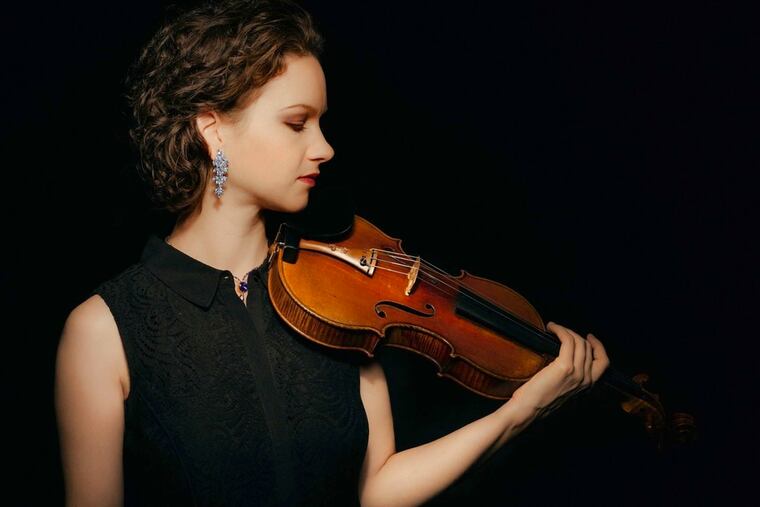Apple’s new classical music streaming service has a Philly accent — and some flaws
Apple seems interested in a genre with a small market share. But maybe it's not so small, and Apple is just ahead of the curve.

Apple’s new classical music service, which launched March 28, has more than 5 million recordings and some serious shortcomings. You can’t download directly, only stream; it’s supposed to synchronize with your existing Apple Music library, and doesn’t (at least, mine didn’t); it’s currently available only on iPhone.
But the biggest challenge in using Apple Music Classical is confronting that vast catalog, and that’s by design.
Classical music, because of its age and size, may be the deep end of the musical pool. We Philadelphians, however, can wade into it with an advantage. Put the city’s name in the Apple Music Classical search field and feel the civic pride. You get not just thousands of tracks of the Philadelphia Orchestra, but also our choirs and early-music groups — and of course, performers past and present from Marian Anderson to Jonathan Biss.
Classical music was long ago dismissed as a bit player in the recording industry, accounting for about 1% of market share in 2022, down from nearly 4% decades ago. So why did Apple create a service just for classical, and why now?
Perhaps the tech giant noticed a growing trend.
“Starting about 12-18 months ago, something shifted in music consumption patterns,” wrote Ted Gioia recently in his newsletter, The Honest Broker. Gioia, a jazz critic, cites research showing a significant uptick in classical listeners, and especially among younger listeners in the U.K.
Meanwhile, Americans listed classical as their fifth-favorite genre in a YouGov survey of 1,000 U.S. adults from April 2022 — below pop and rock, but ahead of rap/hip hop and alternative/indie.
Apple Music Classical doesn’t say it is looking at this trend. But clearly it’s trying to draw in newbies while providing a deep catalog for aficionados. Artist-curated playlists such as one by Sheku Kanneh-Mason do double duty. The cellist’s playlist shows off his own credentials in the Elgar Cello Concerto, while recommending relatively obscure recordings like Samuel Feinberg’s deeply moving piano transcription of the “Largo” from Bach’s Sonata for Organ in C Major, BWV 529.
Hilary Hahn, the Curtis-trained violinist, directs us to her tracks of Bach and Barber, and also references idols like Heifetz and rising star Randall Goosby. Another Curtis alum, violinist Ray Chen, includes an arrangement of “Waltzing Matilda,” the Australian bush ballad, as well as Max Richter’s blurred-vision decompositions of Vivaldi’s The Four Seasons.
Apple would be smart to take playlists like Chen’s further afield from orthodox classical since many younger listeners don’t draw distinctions between genres, and live music programming already positions movie scores next to traditional repertoire. Our own Philadelphians this summer are doing Tchaikovsky and Beethoven at the Mann, but also are hosting singer-songwriter Amos Lee, playing movie scores, and dipping into Carole King, Joni Mitchell and Carly Simon.
Orchestras and other groups are growing their sound-world, which is right on time for some — and confounding for others.
Many want guidance, and long before the Apple classical service came along Philadelphians had a worthy musical Baedeker right in their own backyard. Temple University’s WRTI plays classical during the day on radio and 24 hours a day on its app. Users are able to stream music live or access a programming archive of shows and works going back two weeks. They can listen actively or, as I sometimes do, dreamily, with a focus that phases in and out.
Leaving the choices to someone else can be immensely comforting. And rewarding: It’s surprising how often the station plays exactly the piece of music I needed to hear without my having realized what that might be until the moment the music starts. There’s a lot more value in those moments than in 5 million tracks.